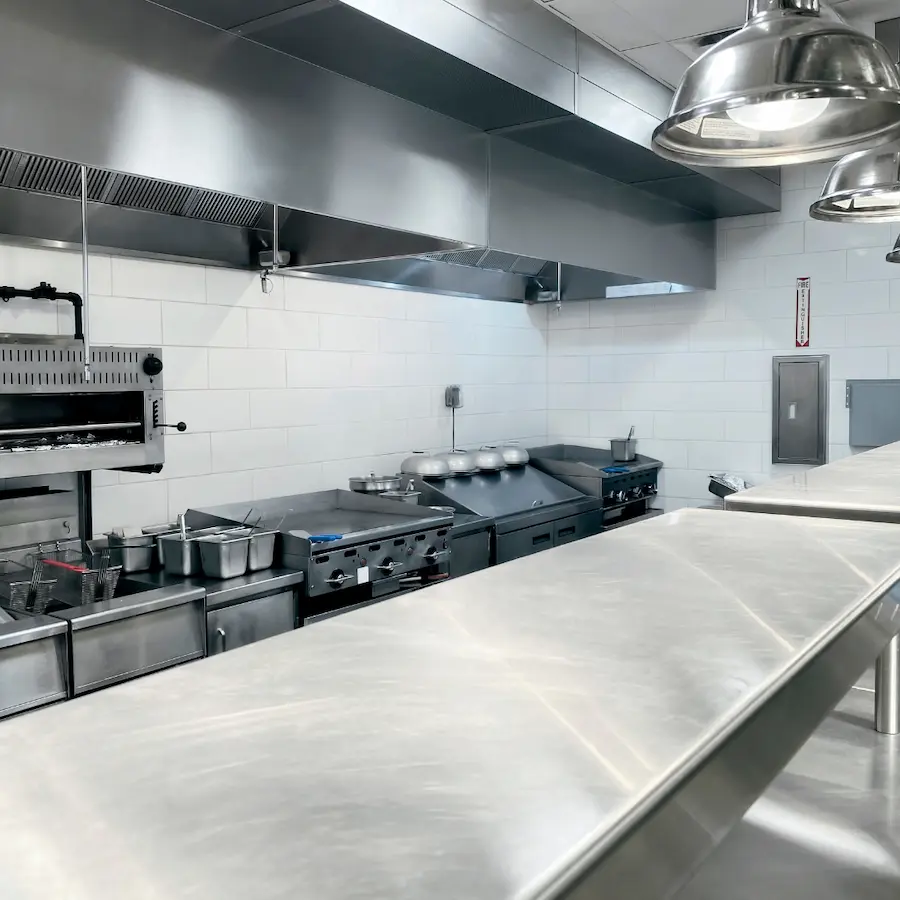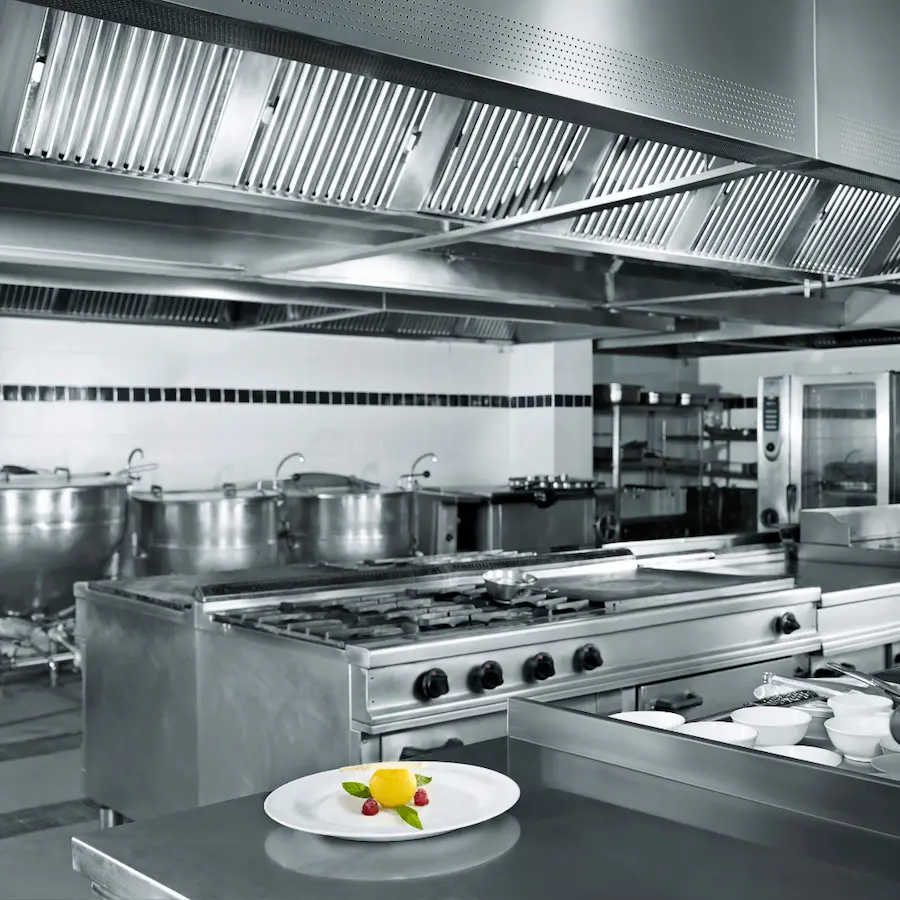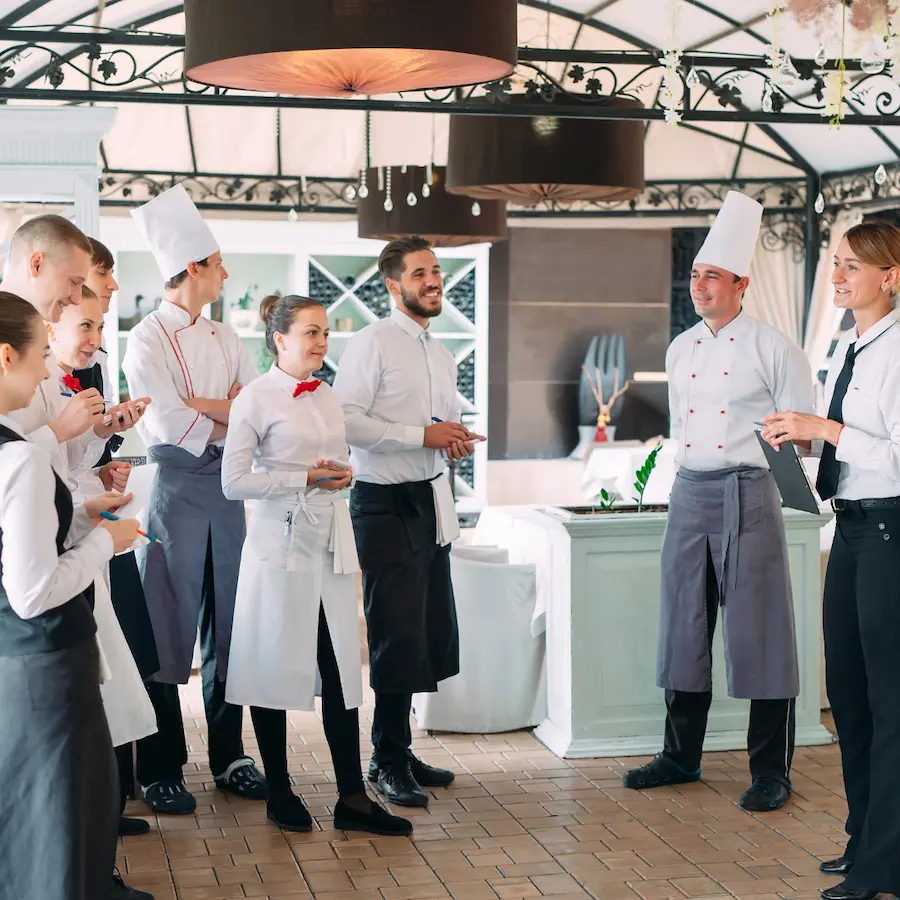A restaurant is a place where culinary dreams come to life, and at the centre of this dream-weaving is the kitchen. It’s not just a workspace; it’s the heart and soul of any restaurant. Here, the magic happens. The food is conceived, prepared, cooked, and plated to delight the customers. But, beyond the allure of creativity and flavours, a restaurant kitchen is a dynamic battlefield where challenges and complexities are woven into every dish. In this article, we will explore why the kitchen is the heartbeat of your restaurant and how designing it wisely can make or break your culinary venture.
Defining Your Menu and Concept
Before embarking on the journey of designing a restaurant kitchen, it’s crucial to define your menu and concept. Your menu and concept serve as the guiding lights, dictating the size of equipment, kitchen layout, staff requirements, and hygiene standards. Furthermore, they reflect your brand identity and shape customer expectations and satisfaction.
Market research and analysis are essential at this stage. Dive deep into understanding your target audience, competitors, and location. Questions like the type of cuisine, service style, menu size, pricing, and special features should be answered thoughtfully. Your menu and concept must align with your vision, mission, and goals while being feasible, viable, and desirable.

Choosing the Right Equipment and Technology
The heart of your restaurant needs the right tools to beat efficiently. Choosing the right equipment and technology is the second crucial step. Your selection will impact food quality, speed, and consistency, as well as energy consumption and maintenance costs. It’s not just about efficiency; it’s also about ensuring staff safety and regulatory compliance.
Conduct a thorough cost-benefit analysis and compare various equipment and technology options. Consider factors like capacity, efficiency, versatility, quality, and maintenance. Equip your kitchen with reliable, durable, and adaptable tools to meet current and future demands.

Optimizing the Layout and Flow Optimizing the Layout and Flow
Imagine the layout and flow of your kitchen as the circulatory system of the restaurant. It determines how smoothly the kitchen operates, affecting service speed, food quality, and staff safety. To optimize it, space planning and simulation are key.
Consider factors like the size, shape, and location of the kitchen in relation to other restaurant areas. Create logical zones or stations for preparation, cooking, plating, and washing. Ensure adequate space, power, and ventilation in each area. Establish clear paths for staff, equipment, and food to move efficiently, avoiding cross-traffic and bottlenecks. Prioritize ergonomics and aesthetics for the comfort of your staff and the overall appearance of the kitchen.

Training and Motivating Your Staff
The kitchen may be the heart, but the staff are its lifeblood. Properly trained and motivated staff can make or break your restaurant’s success. Human resource management and development are vital here.
Recruit staff who align with your menu, concept, equipment, and kitchen layout. Provide comprehensive training and continuous coaching to help them excel in their roles. Recognize and reward exceptional performance to keep motivation high.

In the grand symphony of your restaurant, the kitchen plays the most crucial melody. It’s where culinary dreams are crafted into reality. By defining your menu and concept, choosing the right equipment, optimizing the kitchen layout, and nurturing a skilled and motivated staff, you ensure that this heartbeat remains strong and steady. Your kitchen isn’t just the heart; it’s the soul of your restaurant, and its efficiency and creativity will determine the success of your culinary venture. A commercial kitchen consultant can be the conductor to ensure that your kitchen’s melody resonates with perfection, making your restaurant’s success a harmonious reality.